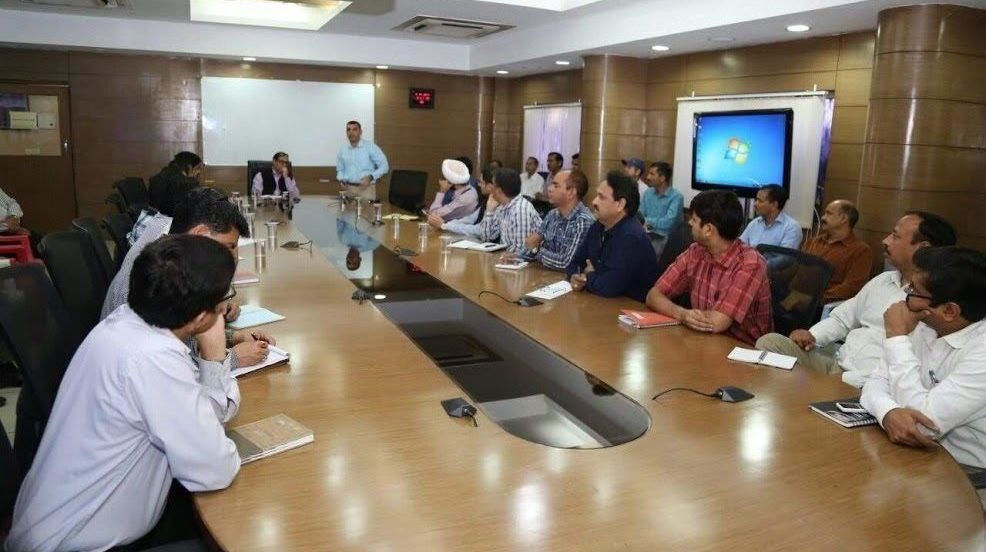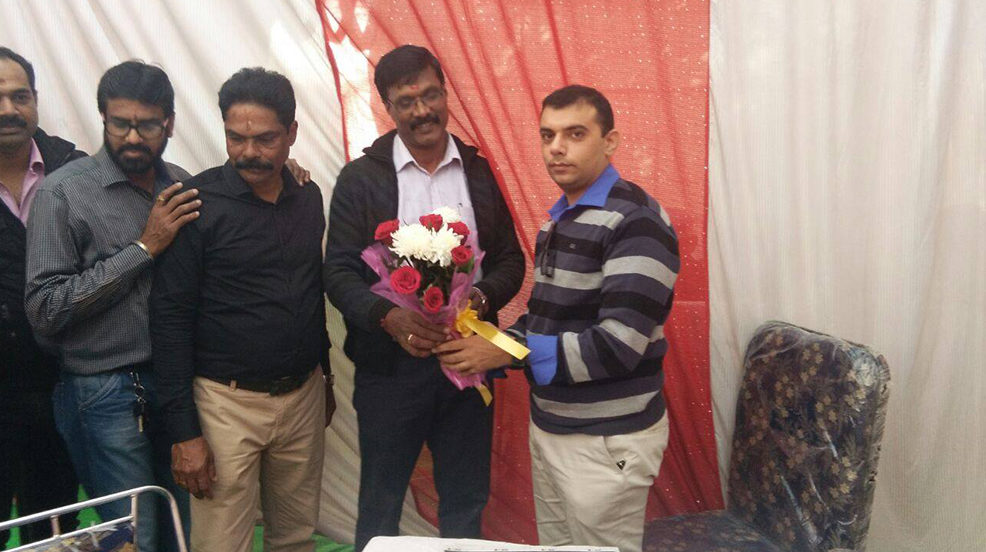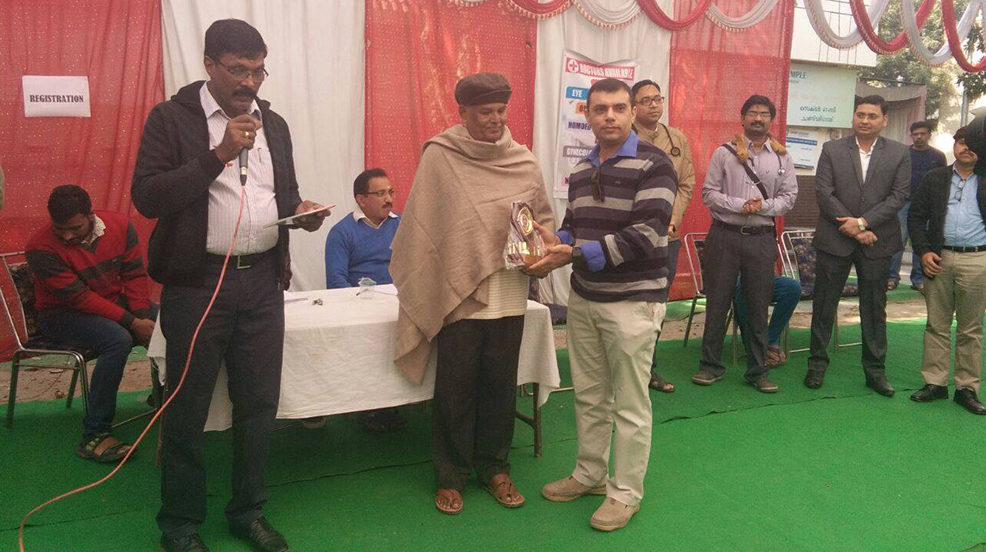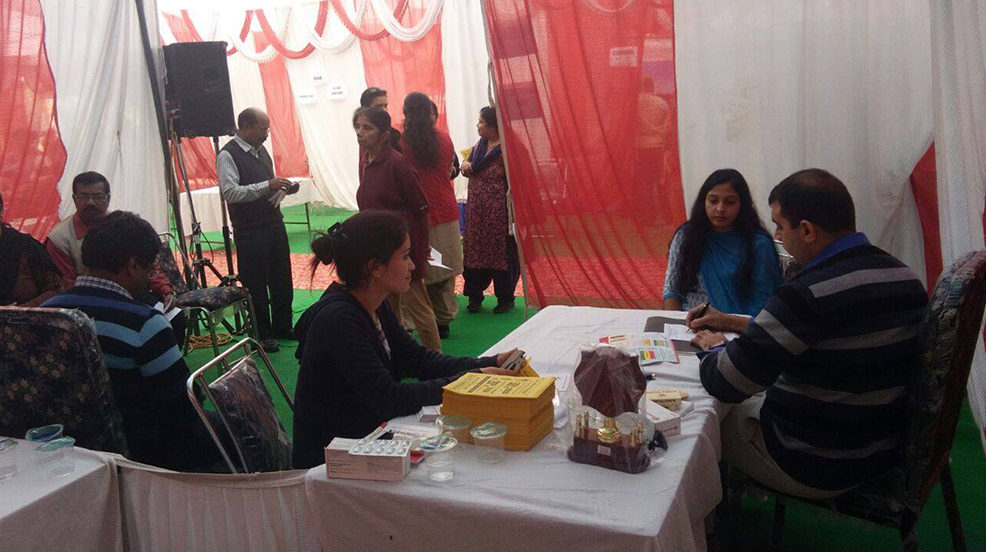In the bustling region of Tricity, where Chandigarh, Mohali, and Panchkula converge, individuals suffering from shoulder pain are fortunate to have access to top-notch medical care. Among the distinguished medical professionals in the area, Dr. Manu Mengi stands out as a leading expert in treating shoulder pain. With an exceptional track record and a commitment to patient well-being, Dr. Mengi has earned a reputation as one of the region’s most esteemed doctors in this specialized field.
Expertise and Qualifications: Dr. Manu Mengi brings a wealth of experience and expertise to the field of shoulder pain treatment. With a specialized focus on shoulder ailments, he has dedicated years of study and practice to understanding and alleviating the discomfort and limitations caused by such conditions. Dr. Mengi holds an impressive array of qualifications, including a medical degree from a prestigious institution, advanced training in orthopedics, and specialization in the diagnosis and treatment of shoulder-related issues.
Unparalleled Patient Care: Dr. Mengi is renowned for his exceptional patient care and unwavering dedication to his patients’ well-being. With a compassionate and empathetic approach, he takes the time to listen attentively to his patients’ concerns, thoroughly understand their symptoms, and develop personalized treatment plans tailored to their specific needs. Dr. Mengi firmly believes that effective communication and trust are essential in the doctor-patient relationship, and he ensures that his patients feel heard and supported throughout their treatment journey.
Cutting-Edge Diagnostic Techniques: Utilizing state-of-the-art diagnostic techniques, Dr. Mengi employs a comprehensive approach to accurately diagnose shoulder pain. From physical examinations and detailed medical histories to advanced imaging tests such as MRI and ultrasound, he leaves no stone unturned in identifying the root cause of the discomfort. By employing cutting-edge technology and his extensive expertise, Dr. Mengi ensures precise diagnoses, enabling him to formulate the most effective treatment strategies.
Advanced Treatment Options: Dr. Mengi offers a range of advanced treatment options to address shoulder pain, tailored to each patient’s specific condition and needs. These options may include physical therapy, medication management, minimally invasive procedures, and surgical interventions if necessary. With a focus on evidence-based medicine and a commitment to staying updated with the latest advancements in the field, Dr. Mengi ensures that his patients receive the most appropriate and innovative treatments available.
In the Tricity region, individuals suffering from shoulder pain need not look any further than Dr. Manu Mengi for expert diagnosis and exceptional care. With his extensive knowledge, remarkable expertise, and patient-centered approach, Dr. Mengi has rightfully earned his place among the topmost doctors in the area for shoulder pain treatment, providing much-needed relief to countless individuals and improving their quality of life.






